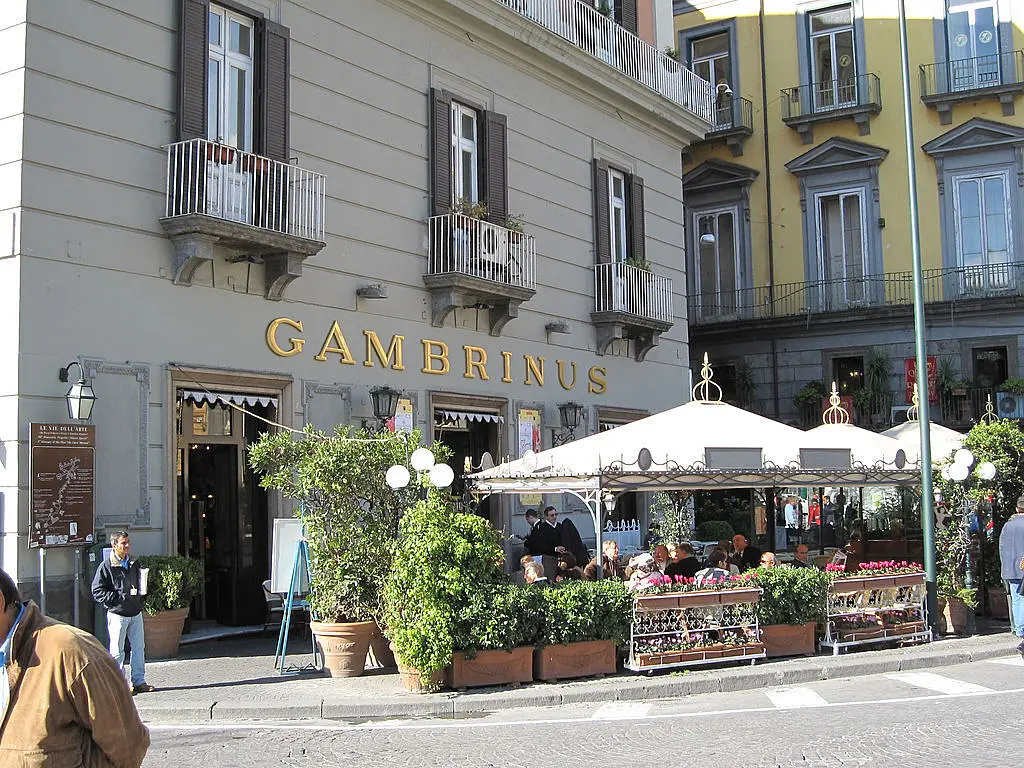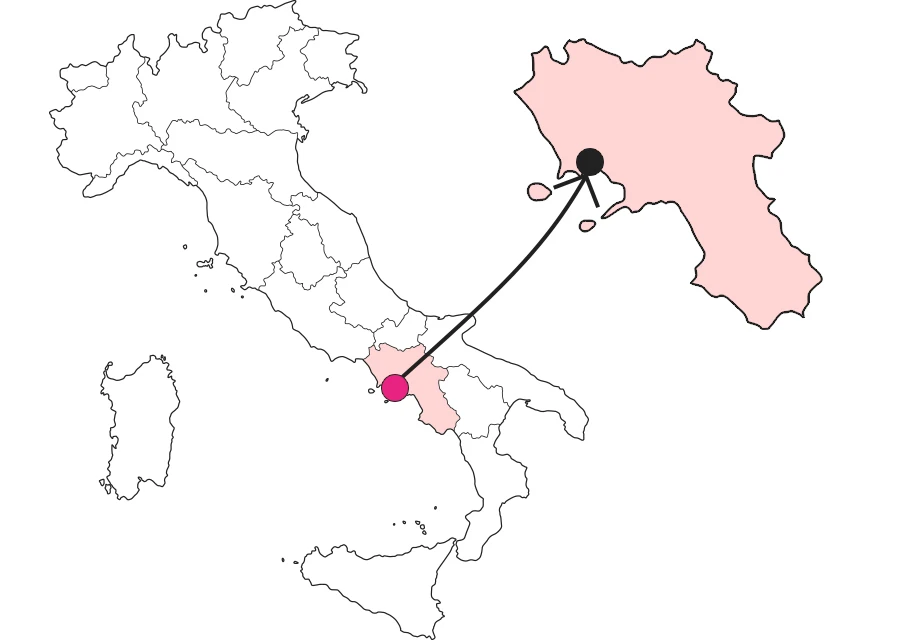SHARRYLAND


Naples and the Gran Caffè Gambrinus
Elegant, cosmopolitan, one of the landmarks of Neapolitan culture


Where is

What it is and where it is
The last witness of the glittering café-chantant season , the Gambrinus is located at the beginning of Via Chiaia, a short walk from Piazza del Plebiscito and the San Carlo theater. Founded in 1860 as the Gran Caffè, thirty years later it was totally renovated in its furnishings and renamed with the additional name Gambrinus, in honor of the Germanic king whom legend indicates was the inventor of beer. Restored to its former glory in 2001, it is now a kind of temple of Neapolitan coffee and pastries.
Why it's special
What is surprising at first glance is the sequence of rooms decorated with floral-style stucco and frescoes of Neapolitan and Capri settings. As for frequentations, the list ranges far and wide: it is a sort of obligatory crossroads for intellectuals, artists and public figures, from Benedetto Croce to Eduardo De Filippo, from Oscar Wilde to Ernest Hemingway, with special mention for all the presidents of the Republic, from Cossiga to Mattarella, who have respected the tradition of a coffee at Gambrinus.
Not to be missed
In more than 150 years of history, the Gambrinus has seen Viennese orchestras and all the great interpreters of Neapolitan song take turns on its stage. Today the cultural activity continues on the double front of music and literature with meetings that often see the two genres intertwine. It also happens that the Gambrinus represents itself, as when it comes to presenting a new novel by Commissioner Ricciardi, a habitual policeman who has his own regular table at the Gran Caffè.
A bit of history
In 1882 the Gambrinus witnessed the birth of one of the most famous Neapolitan songs, A' Vucchella (La boccuccia), whose lyrics were improvised by poet Gabriele D'Annunzio in a challenge between men of letters. Remained in a drawer for 25 years, the song was published in 1907 by Ricordi and achieved extraordinary success thanks in part to the performance of tenor Enrico Caruso. Having become a classic of Neapolitan song, it will also be revived by Luciano Pavarotti in 1979.
Trivia
In the second half of the nineteenth century, the custom of 'suspended coffee' was born at Gambrinus, that is, paid for the first person who wanted to take advantage of it. "When a Neapolitan is happy," explains writer Luciano De Crescenzo , "he decides to offer a coffee to a stranger because it is as if he were offering a coffee to the rest of the world." And even today, at the entrance to the Gambrinus, there is a large coffee pot bearing a notice (now multilingual): "The suspended coffee. Place your receipt here, those in need will receive it."
Enter the Map of Italy's Undiscovered Wonders and find treasures where you least expect it... Inspire, Recommend, Share...
The Map thanks:
Enter the Map of Italy's Undiscovered Wonders and find treasures where you least expect it... Inspire, Recommend, Share...
Where is


